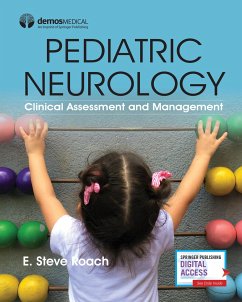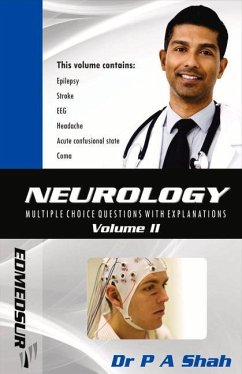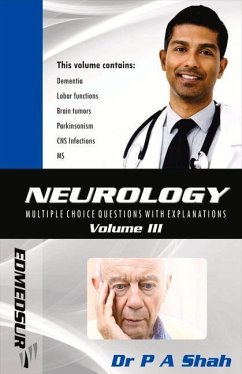
Neurology Image-Based Clinical Review

PAYBACK Punkte
45 °P sammeln!
This is the first all-in-one guide to neuroimaging, presenting illustrative examples of signature neuroimaging findings in clinical context. With more than 1,500 images, the authors have assembled an accessible resource and review that presents over 170 core topics using the imaging findings as a platform todiscuss pathophysiology, clinical presentation, and disease management.













